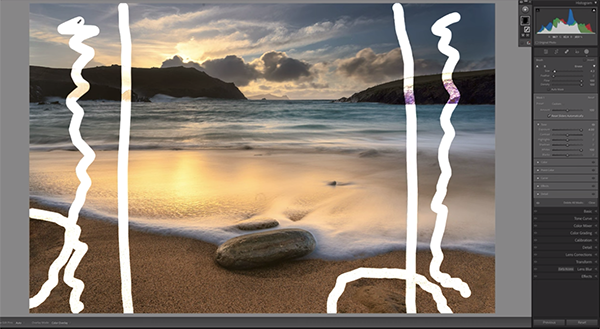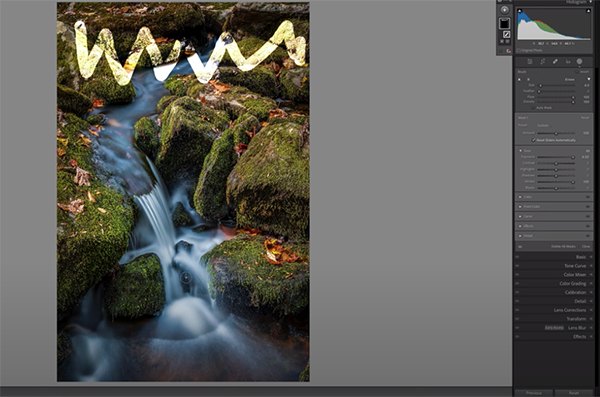Don’t Spoil Landscape Photos by Refusing to Crop (VIDEO)
We’ve all heard the blather from so-called “purists” who insist that images should be presented straight out of the camera without any post processing at all. Not only are we told to avoid adjusting exposure, color, sharpness and the like, but creative cropping is verboten as well.
Today one of our favorite landscape photographer begs to differ, insisting that refusing to crop “hurts your photos.” Instructor Mark Denney is a favorite of Shutterbug readers who appreciate that his lessons take a practical, rather than a theoretical, approach.
In this episode Denney says, “cropping is one of my favorite editing techniques, giving you the ability to alter composition after the fact.” He also expresses curiosity about why many photographers “don’t use this incredible tool.” So buckle up, forget about pleasing the purists, and take a look.

Denney boils it down to the three things he considers when deciding how to crop different types of photos for maximum visual impact. His view is that it’s not a matter of whether or not to crop, bur rather that you may not crop your images enough. Sometimes this can even mean going full bore and transforming a horizontal shot into a vertical one.
So what are the three issues you should think about before deciding on a crop? 1) Does it add value to the scene? 2) Do I want the viewer to look at it? 3) Does the photo flow? This trio of questions is pretty easy to answer, but what about the how? Just follow Denney’s simple advice and your landscape photographs will demand more attention than ever.
Denney’s first example is a pretty seascape photo that only has limited “real estate” with which to work. But a discerning eye will agree with Denney that a modest crop makes a big difference. He gets rid of distracting elements at either side of the frame and in the lower right corner of the foreground.

Denney presents other examples with challenges that require a different approaches to cropping. Sometimes that means making a far more ambitious effort, while in other instances you may want to alter perspective or crop in a way that accentuates eye-catching colors within the scene.
All these concepts are discussed in terms that are applications to nature and landscape photography, but they’re equally effective with other genres as well. So the next time you finish editing one of your photos, be sure to ask yourself, “did I crop enough?”
Denney’s popular YouTube channel is a valuable resource for landscape photographers and others who shoot outdoors. So be sure to take a look and explore everything he has to offer.
And on a totally different note, take a look at the straightforward lesson we posted earlier this month with a primer on how to shoot sensuous female portraits—with posing and composition tips from another accomplished pro.





